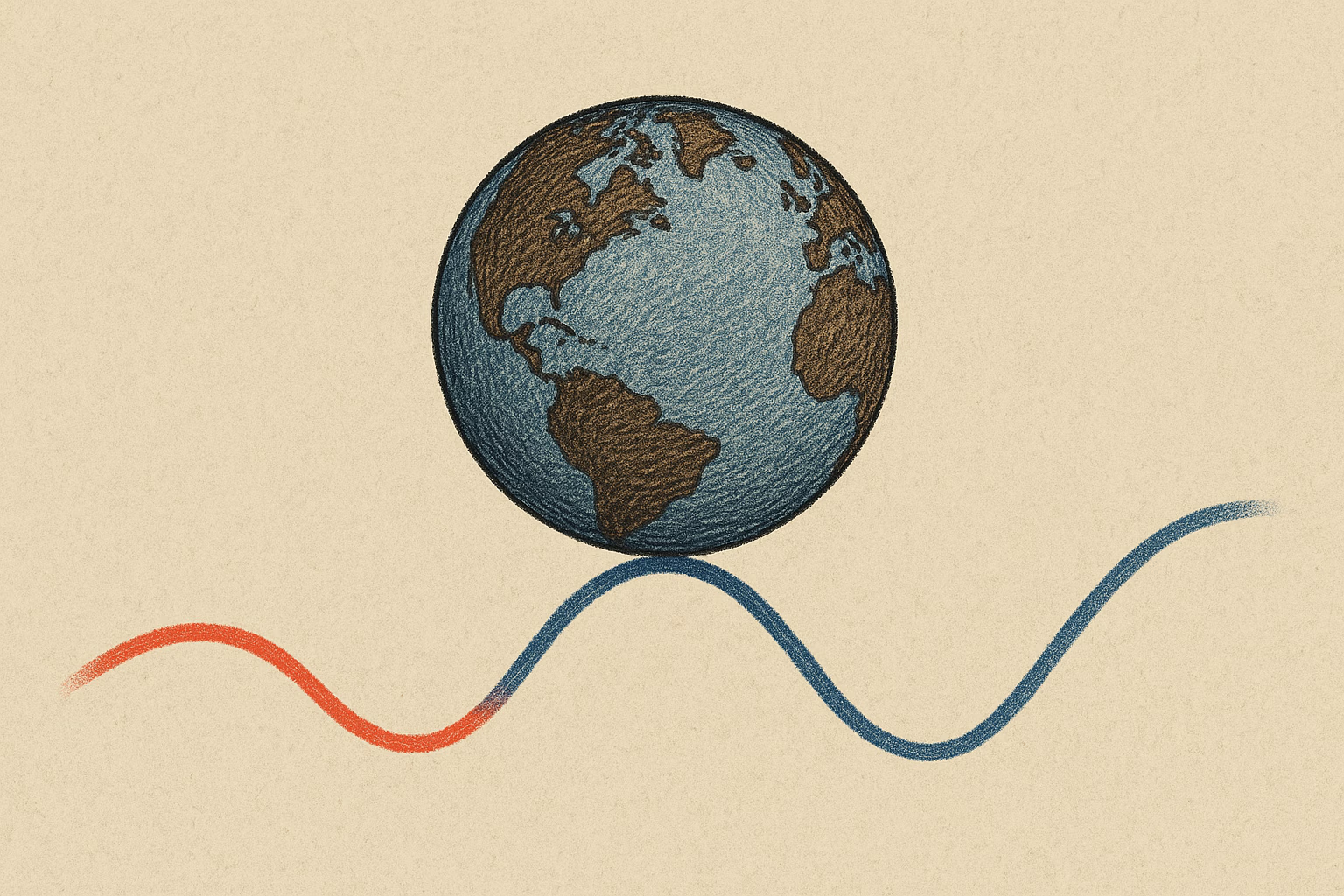China’s economy posted its slowest growth in a year amid an escalating trade war with the United States and a prolonged crisis in the property sector.
Weak domestic demand has left the country’s growth dependent on manufacturing and exports—just as tensions with the Trump administration are deepening.
GDP grew 4.8% year-on-year between July and September, down from 5.2% in the second quarter. On a monthly basis, the economy expanded by 1.1%, matching the revised pace of the previous quarter.
“The September data indicate continued weakness in domestic demand, driven by low confidence among businesses and households,” said Kelvin Lam, senior China economist at Pantheon Macroeconomics.
Investment growth slowed, while spending on real estate fell 13.9% from a year earlier, following a 12.9% decline in August.
Consumer activity remained sluggish: real retail sales growth eased from 4.1% to 3.5%.
There was some rebound in industrial output, which rose 6.5% in September—beating analysts’ expectations.
Despite the ongoing trade standoff with Washington, foreign trade also exceeded expectations, accounting for just over a quarter of total economic growth—a figure close to that of the second quarter, when Trump began implementing his policy of “reciprocal” tariffs.
China’s exports to the United States fell 27% year-on-year, but shipments to the European Union, Southeast Asia, and Africa rose 14%, 15.6%, and 56.4%, respectively—reflecting Beijing’s push to diversify its trade partners.
The result may strengthen China’s position ahead of talks in Malaysia between Vice Premier He Lifeng and U.S. Treasury Secretary Scott Bessent, as well as a possible meeting between Presidents Xi Jinping and Donald Trump in South Korea.

The Global Economy Is Slowing, Though the U.S.-China Tariff Standoff Proved Softer Than Expected
The IMF Sees Risks From an Overvalued AI Market and Weakening Global Demand

China’s Economy Is Growing Faster Than Expected—For Now
Falling Confidence, Deflation, and Tariff Risks Threaten Momentum in the Second Half of the Year
According to Lam, “export orders rose noticeably, suggesting further growth in manufacturing.” He added that “the export sector is performing better than expected despite higher import tariffs.”
Overall economic growth matched analysts’ forecasts, keeping China on track to meet its 5% annual growth target. However, questions remain over whether Beijing plans to roll out additional stimulus measures at the central or local level.
“Since China is likely to meet its annual goal, stimulus may be limited,” said Lynn Song, chief China economist at ING. “But weak confidence, reflected in sluggish consumption, investment, and continued housing price declines, remains a challenge.”
The debt crisis has undermined what was once a booming property market. Analysts say conditions have worsened again and now require additional support measures. In September, new home prices continued to decline, while sales volumes fell 12.5%.
On Monday, the Communist Party’s Central Committee began a four-day plenary session, where the leadership is discussing the outlines of the new five-year plan.
According to Xinhua, in his address at the session, Xi Jinping “outlined the party leadership’s draft proposals” for the 2026–2030 plan, though no details of the document were released.
